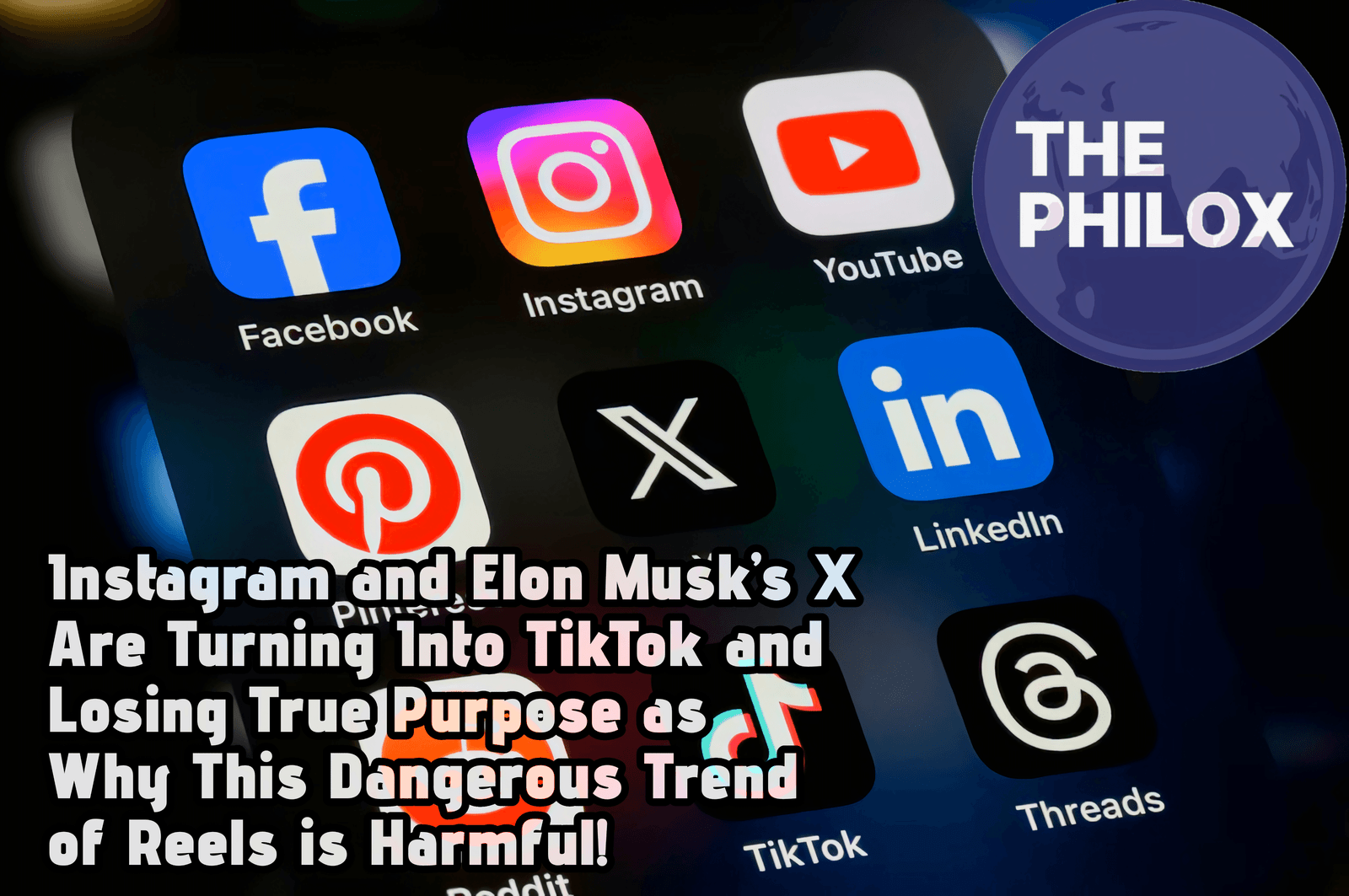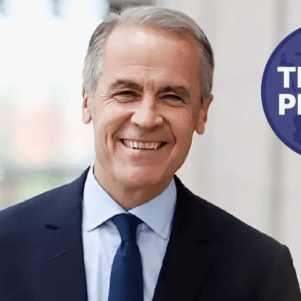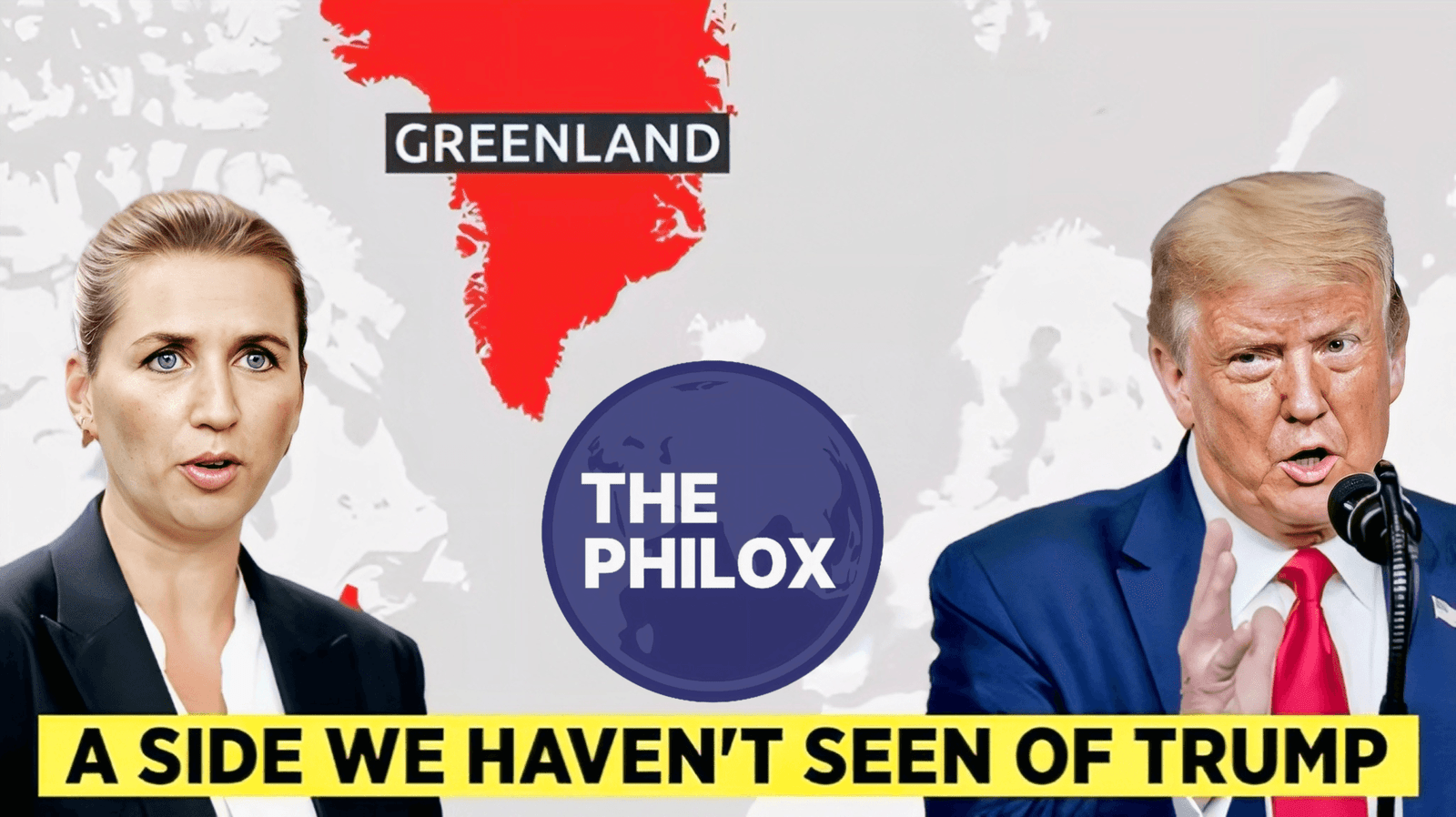When Instagram came into existence in 2010, the core idea of the application was to provide users with an opportunity to share photos and communicate through visual expression.
Its clutter-free interface facilitated the user to focus on the pictures and supported a community-oriented atmosphere. X, which used to be Twitter, was actually a microblogging site; it allowed people to share thoughts in 140-character posts that were later expanded.
Both served specific purposes-the former for photography and the latter for textual expression in a brief form.
However, with the increasing popularity of TikTok, these have changed their directions. Instagram introduced Reels last year 2020 that focuses more on video content than still images.
X was just recently repositioned short-form video abilities to catch up. The morphing has caused different platforms to begin questioning if these are giving away their true intentions.
The Nature of Addiction-Short-Form Video Content
Short-form videos, popularized by TikTok, are meant to rope users in and keep them engaged through the use of algorithm-driven, hyperengaged content.
Research indicates that such apps rely on predictive algorithms to feed users an endless stream perfectly curated to their preferences, making it nearly impossible to stop scrolling.
The brevity and variety of short videos create a dopamine feedback loop, where users constantly seek the next “hit” of entertainment.
According to research by the Journal of Behavioral Addictions, short-form video consumption significantly increases screen time because users lose track of time while engaging with rapid content delivery.
Psychological Consequences
Continuous exposure to short-form videos has negative impacts on mental health. Researchers found a relationship between the excessive use of apps such as TikTok, Instagram Reels, and X’s video functions with increased anxiety, depression, and reduced attention span.
Elevated states of telepresence-a sense of being highly involved with the content-can lead to addictive-like behavior.
A paper in the International Journal of Environmental Research and Public Health links a prolonged use lifespan for these portals with mindless meandering, an FOMO, and worsened mental well-being.
Soon enough, though, too much use will cause problems when needed to be able to focus on other aspects of life, or to give significance to live time conversations or to live digitally in a sustainable fashion.
Productivity Opportunities for Advancement at Work
Short-form video addiction not only takes a toll on the mental health of the subjects involved but also on their productivity. For a student, constantly getting themselves engaged with these online platforms like TikTok leads to procrastination and poor academic performances.
According to studies in the Journal of Educational Psychology, the more the students get glued to short-form video sites, the poorer is the academic performance, as they get distracted and lose focus.
It stretches out to professional spheres. The social media frequent break can distract workers from focusing on work; they end up working inefficiently, and this impacts their career growth.
This is because it’s impossible to conduct deep meaningful work with such a reliance on those platforms.
Homogenization and Social Consequences
Major platforms are converging toward a TikTok-like model, making the digital landscape look homogenous.
It leads to the loss of diversity in the consumption and creation of content. While TikTok thrives on short, entertaining videos, Instagram and X were previously known for unique formats that catered to different user preferences.
The compulsion for following short video trends may put creativity under squeeze. Artists, photographers, and writers who loved their work as Instagram and X once were being forced to remix them into an easily digestible format of the reels and the clips.
Customers stand to be deprived of several kinds of diverse content that existed in the space earlier.
This change gives rise to more fundamental cultural questions in regard to the function of entertainment over engagement. Dominant these short-form video forms of expression facilitate instant satisfaction, probably lessening consumption of long-form content or the ability to think critically.
Practical Steps for Limiting Social Media Intake
The following are simple practical steps against excessive use of short-form video:
1. Set Time Limits: Use built-in screen time tracking tools to limit daily usage of apps like TikTok, Instagram, and X.
2. Be Selective About Content: Follow creators who produce meaningful, positive content and unfollow accounts that encourage mindless scrolling.
3. Schedule “Tech-Free” Hours: Dedicate specific times during the day to disconnect from social media and focus on offline activities.
4. Seek Alternatives: Maintain an optimum balance by engaging in alternative activities, such as hobbies, exercise, or face-to-face interactions.
5. Digital Mindfulness: Regularly check your social media use and alter patterns that lead to dependence on these digital means.
The most radical change in the nature of social media brought about by Instagram and X moving toward the features of TikTok was their need for short-form video content.
It cost them dearly-at the psychological level, productivity-related level, and societal level-by trying to draw users’ attention to themselves.
That will only occur when users are given back the opportunity to control their digital behavior: if they know their dangers and unhealthy social media behavior and if healthier social media usage becomes more natural.
With an economy that further commodifies attention, vigilance in the right kind of behavior is key for staying sane, productive, and creative.
Stay Connected and Share Your Stories
For all those inspired by stories of resilience and ambition, follow us on X/Twitter and on Instagram . For those with untold stories that you would love to share, please send them to contact@thephilox.com










2 thoughts on “Instagram and Elon Musk’s X Are Turning Into TikTok and Losing True Purpose as Why This Dangerous Trend of Reels is Harmful”